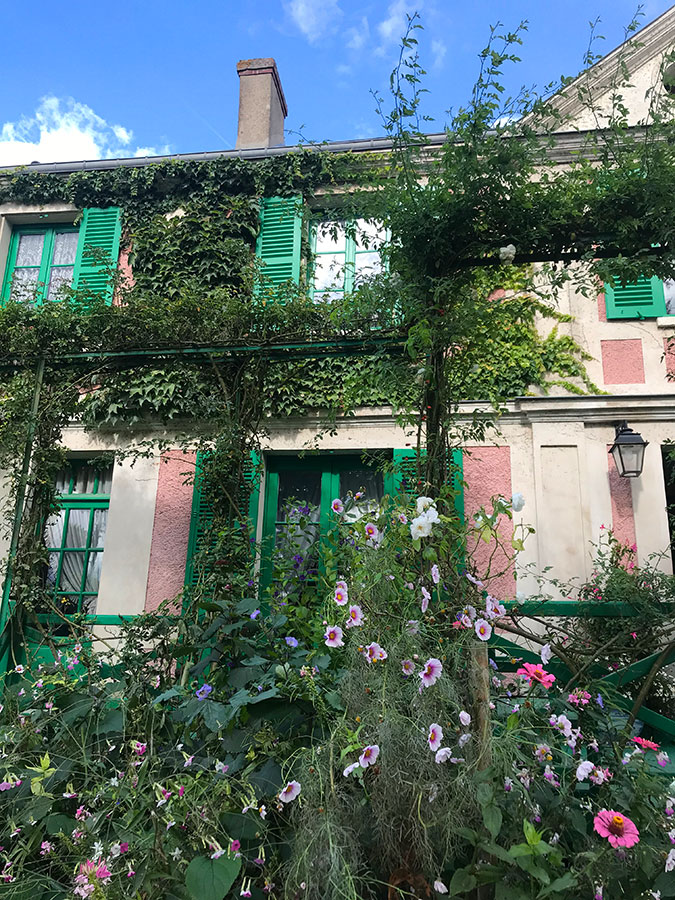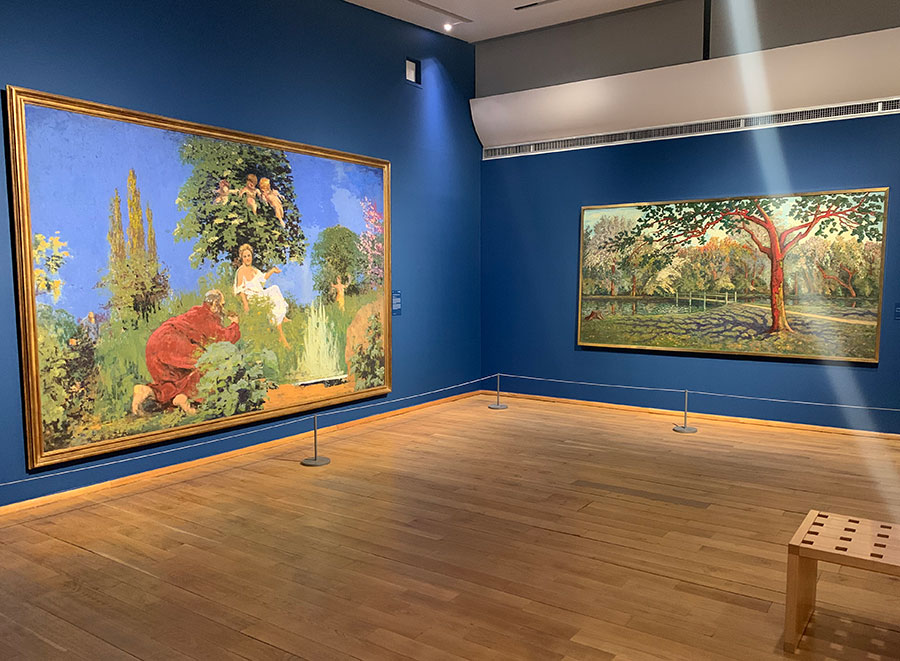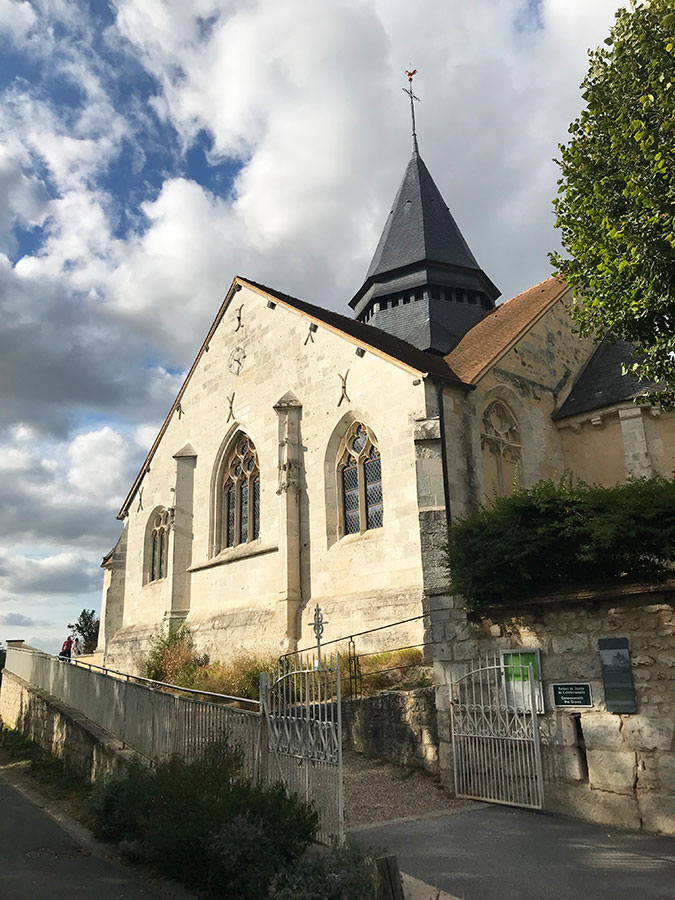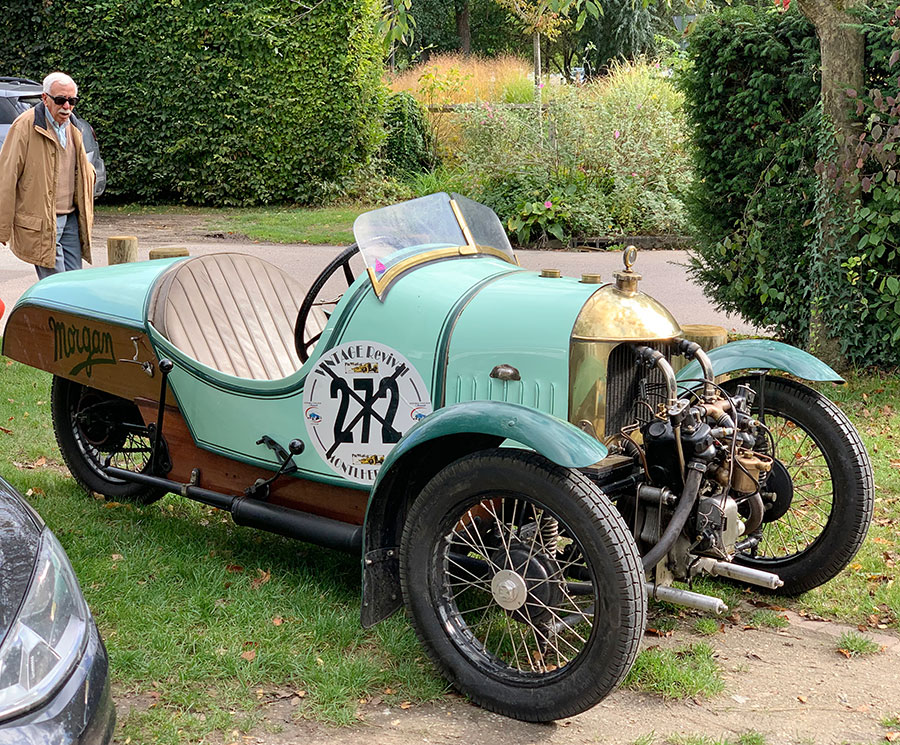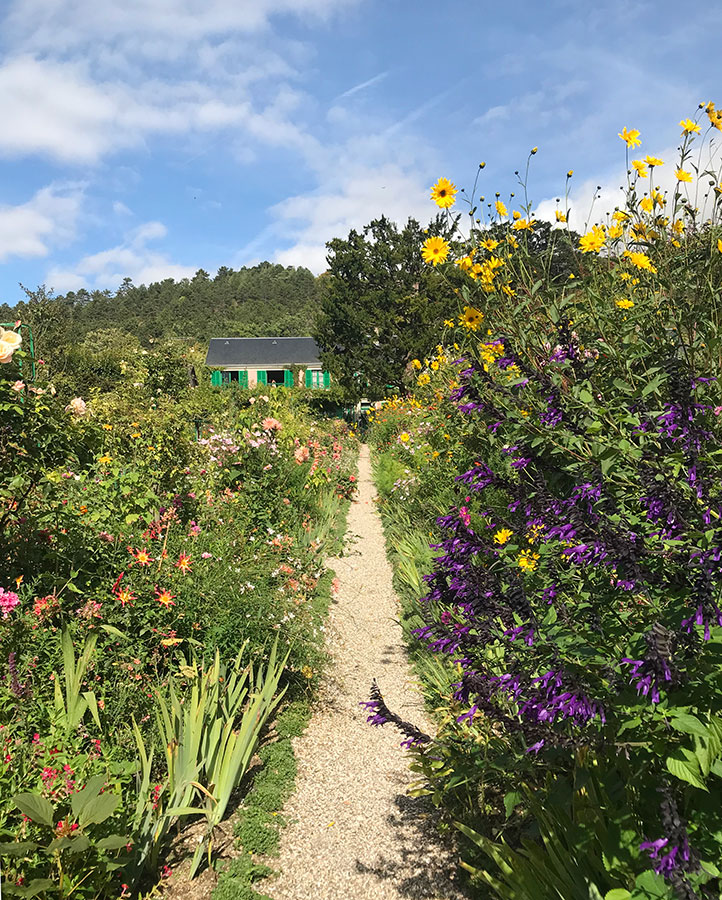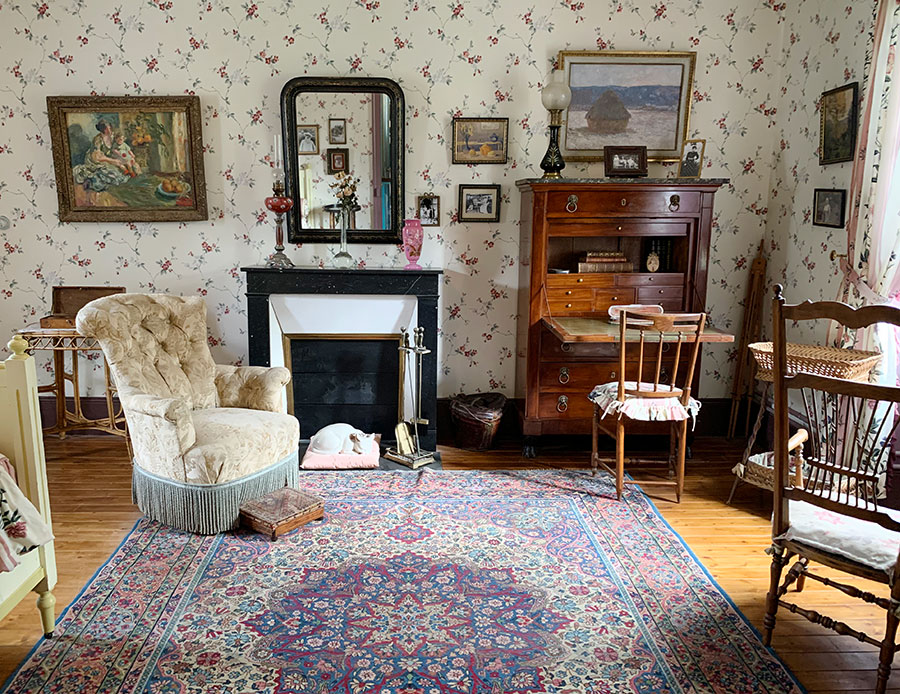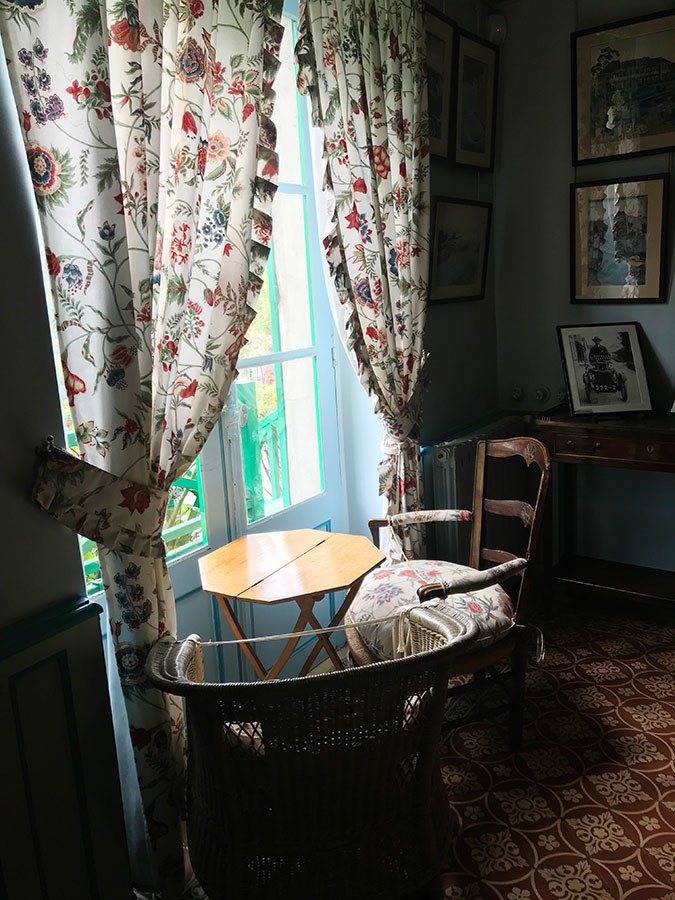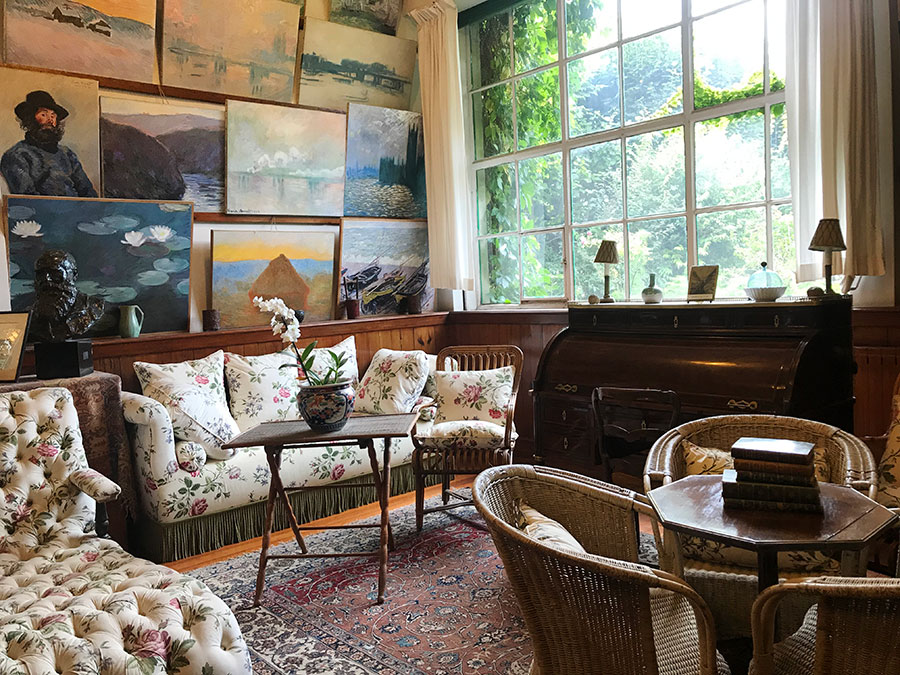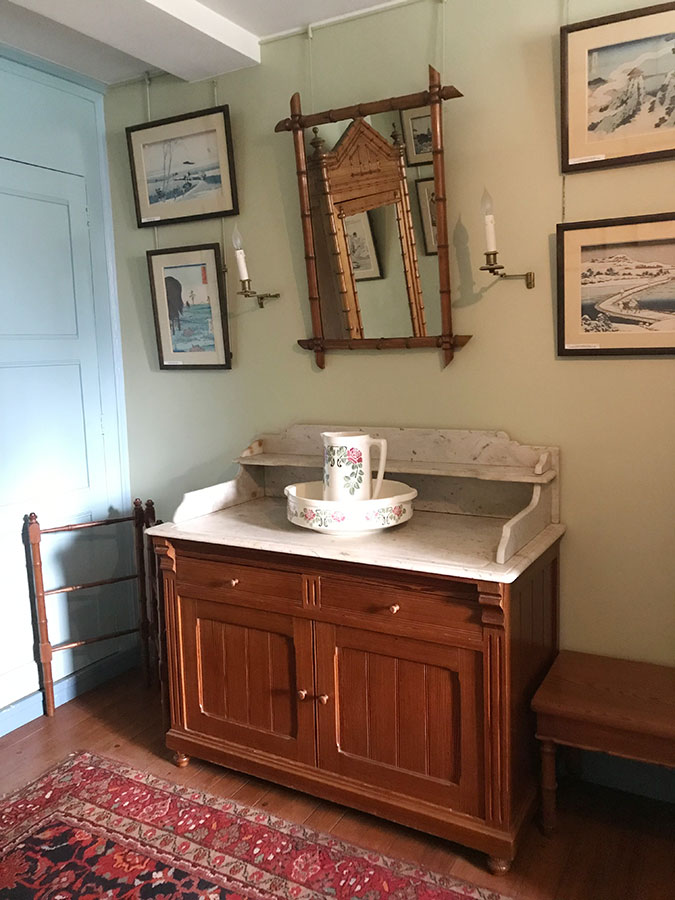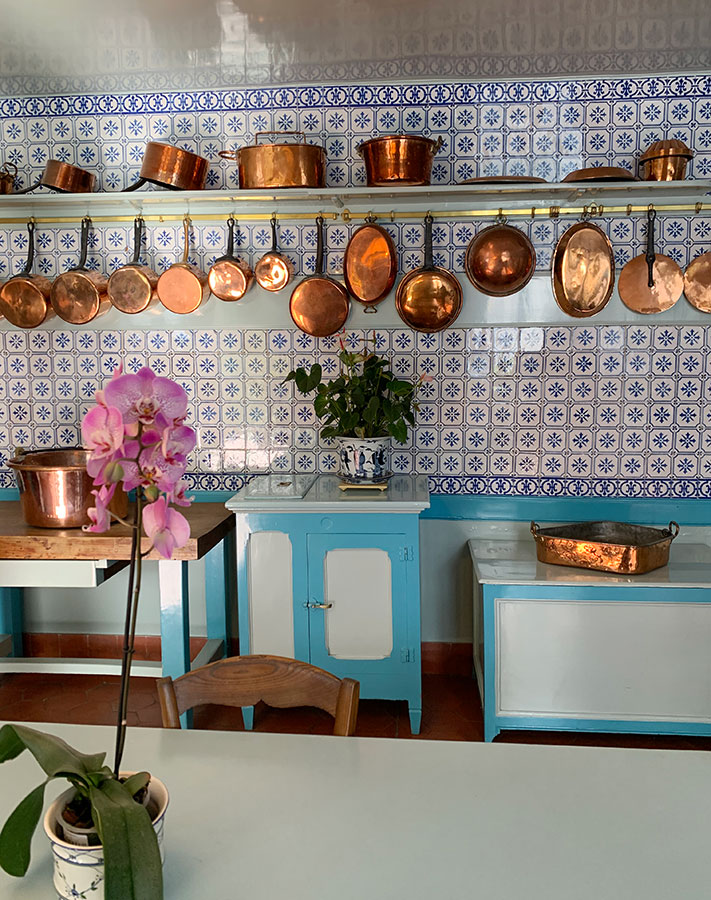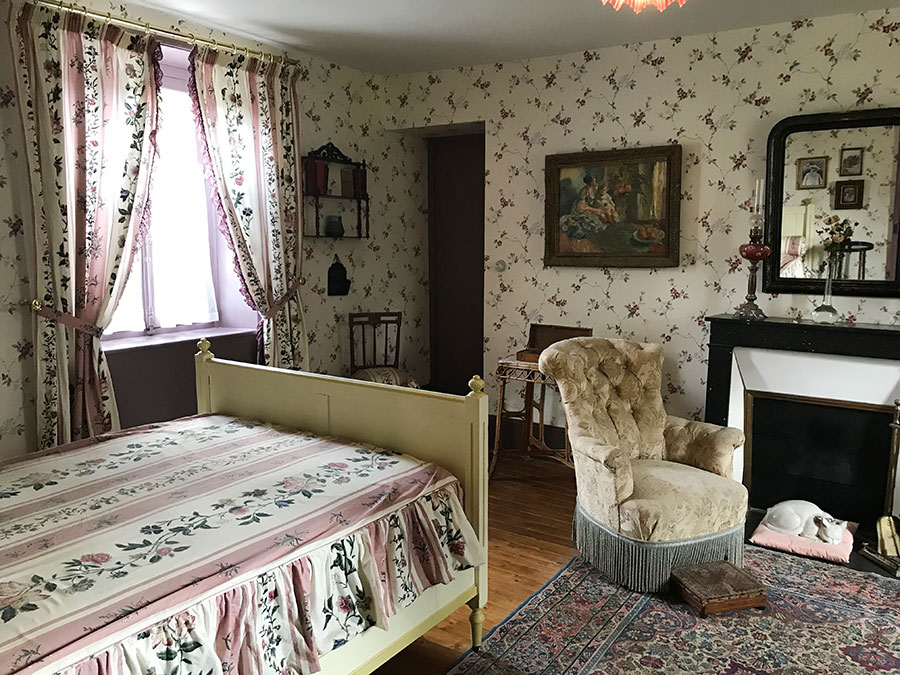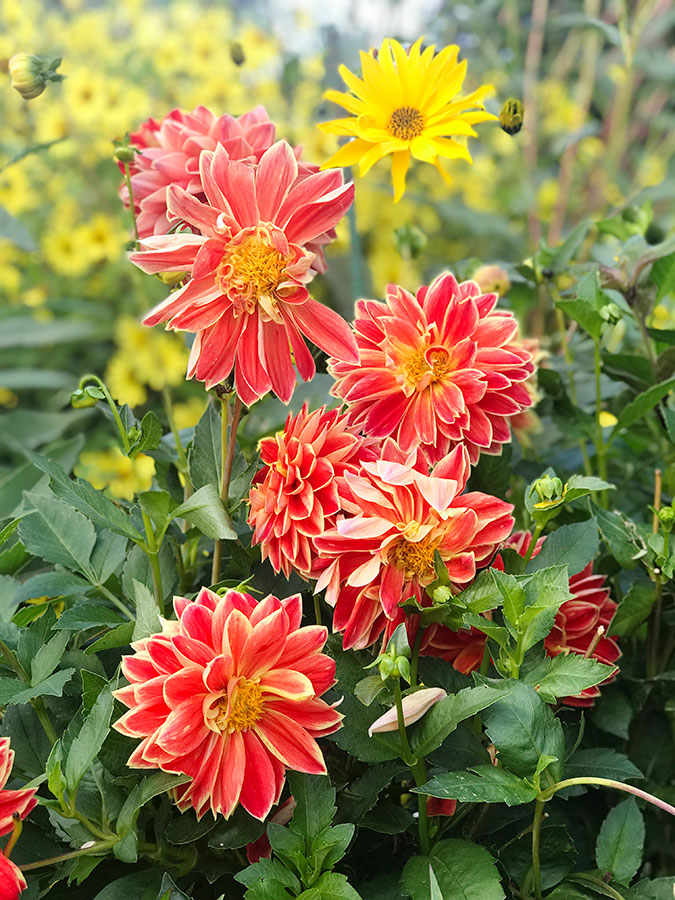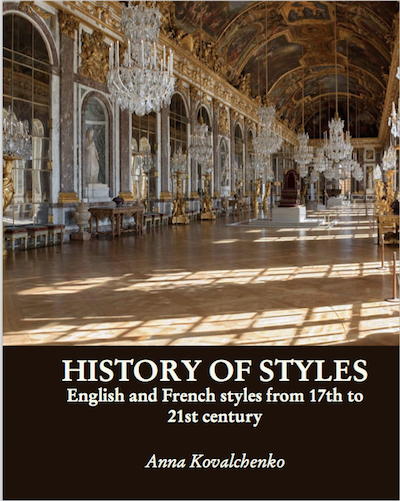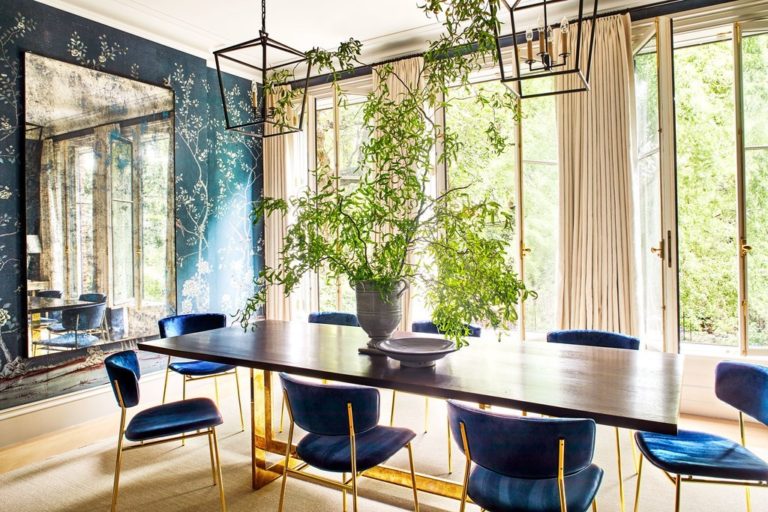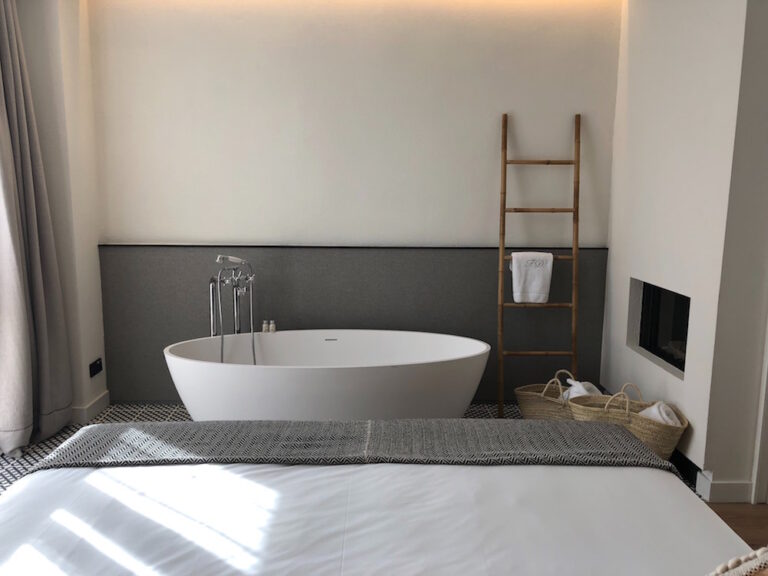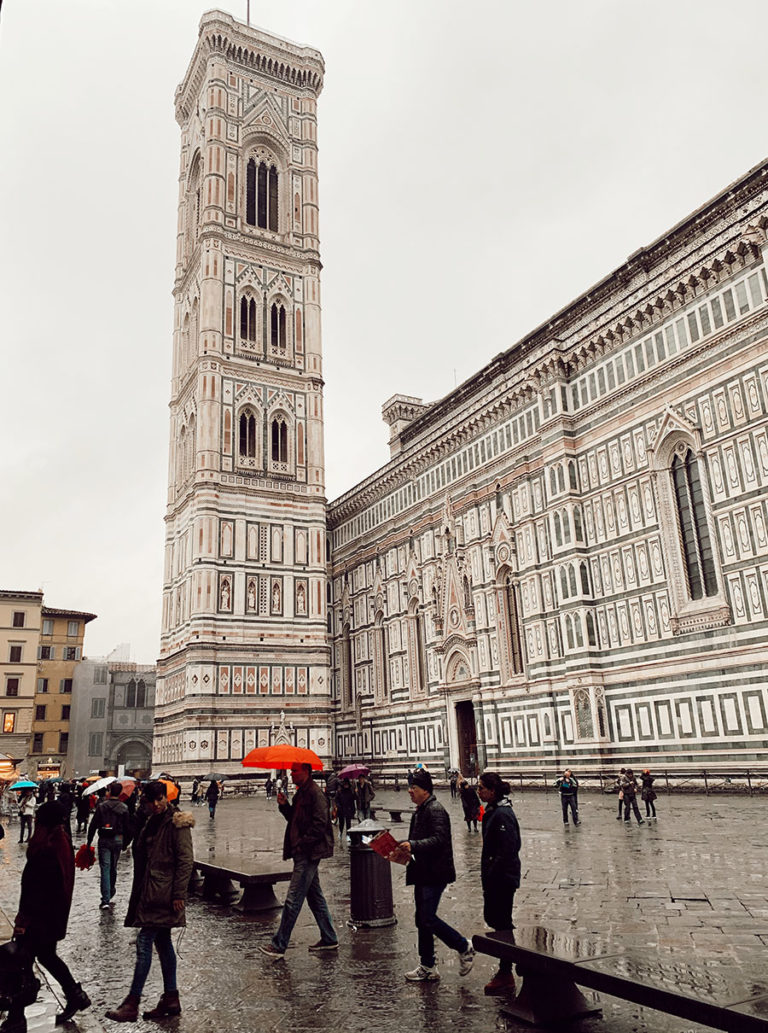Claude Monet’s House and Garden in Giverny
Last weekend we visited Claude Monet’s house and garden in the Norman Village called Giverny where he settled in 1883. His whole life Monet was closely attached to this place. In Le Havre he spent his childgood and youth. There he painted his shocking to that time picture “Impression. Sunrise ” (which later gave the name to completely new artistic movement – Impressionism).
The village is tranquil and beautiful and I really recommend to spend some time before or after visiting Monet’s house to explore it a little bit.
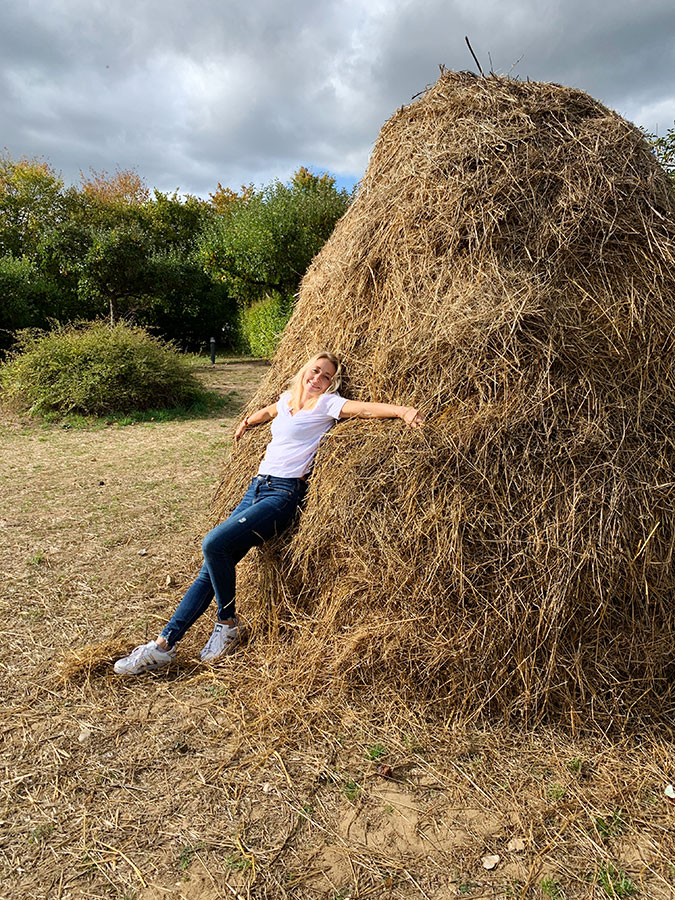
Not far away from the house there is the Museum of Impressionism as well as numerous art galleries from local artists.
At the end of the village you will find a beautiful church, on its territory you can find the graveyard of Monet and his family.
We were lucky to stumble upon the exhibition of antique cars, many of them were over 120 years old.
The garden
When Monet buys a house with a plot in Giverny he was 43 years old. By this time, after a long period of non-recognition and rejection he finally could enjoy success and prosperity.
In Giverny, Monet lived 43 years until his death in 1926. Over the years, a marvelous garden was set in front of the house. The initial section was limited to the railway, but later Monet bought a piece of land behind it and built an underground passage to it.
Now the railway is dismantled and the train through Giverny no longer runs. The river was blocked, forming a beautiful pond with water lilies and a bridge in Japanese style with willows, bamboo, flowers planted along the banks. There, in 1897, he painted his famous « Nymphéas » which became one of the greatest masterpieces of Abstract Art.
The Garden in Giverny is a separate work of Claude Monet, as great as his paintings. Flowers are scattered in seemingly chaotic order forming a blooming magnficence almost all year round. This garden is also a part of impressionism – bright color spots form different impression throught the year, some colors fade, some sound at it full strength.
The house
Interiors of the house where Monet lived are also impressive, although you won’t find here luxurious furniture, gold or marble. The house inside is in a complete harmony with surroundings and nature. All rooms are cozy and inviting, filled with tranquility and charm.
I was tempted to sit on one of these chairs near the window, with a cup of aromatic tea and contemplate the beauty of the garden.
The sitting room where Monet met with his friends has a large window overlooking the garden. Lavish greenery outside gives this room a unique charming feel. The walls are generously decorated with paintings, and country style furniture looks cozy and cute.
Monet’s love for Japan is visible through multiple Japanese “estampes” on the wall, as well as the Chinoiserie style furniture in some of the rooms.
The dining room all painted in pastel yellow was considered very modern at the time. Blue eartheware crockery ordered by Monet for special occasions is beautifully displayed in the glass cabinet.
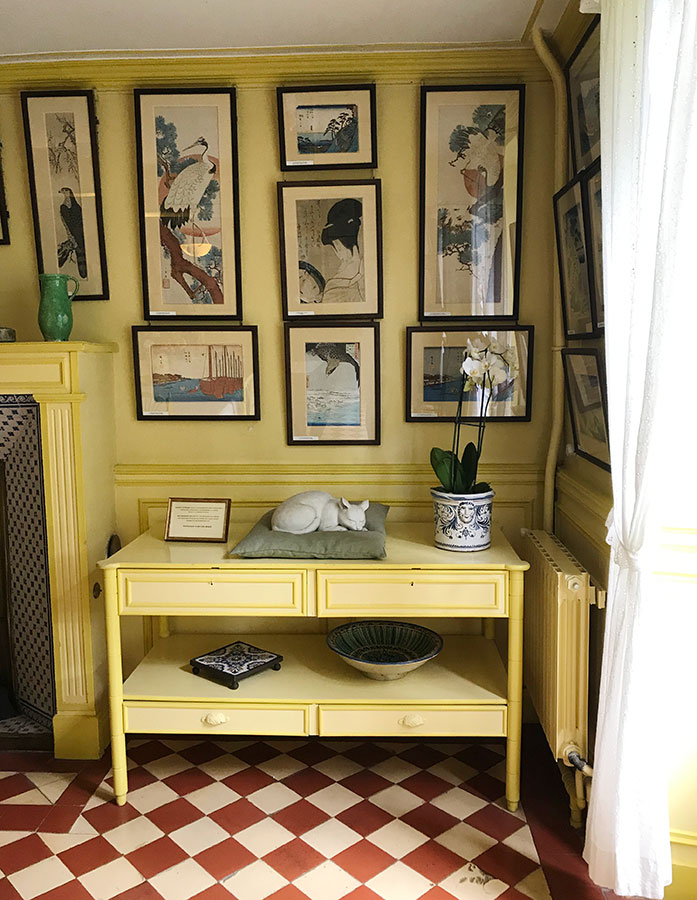
The kitchen is decorated with blue Rouen tiles, the impressive cooker with multiple ovens and the copper utensils make your mind time travel and imagine the lifestyle back then.
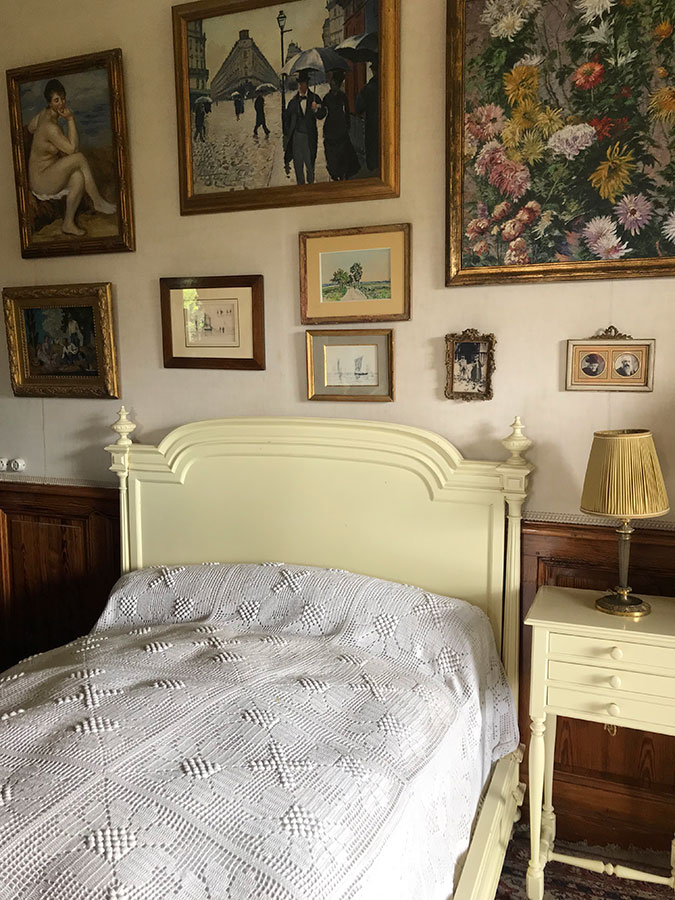
Walking around the house and garden of Claude Monet I imagined that him as a very happy man. I think only a person in harmony with himself and outside world can create such a beauty around.
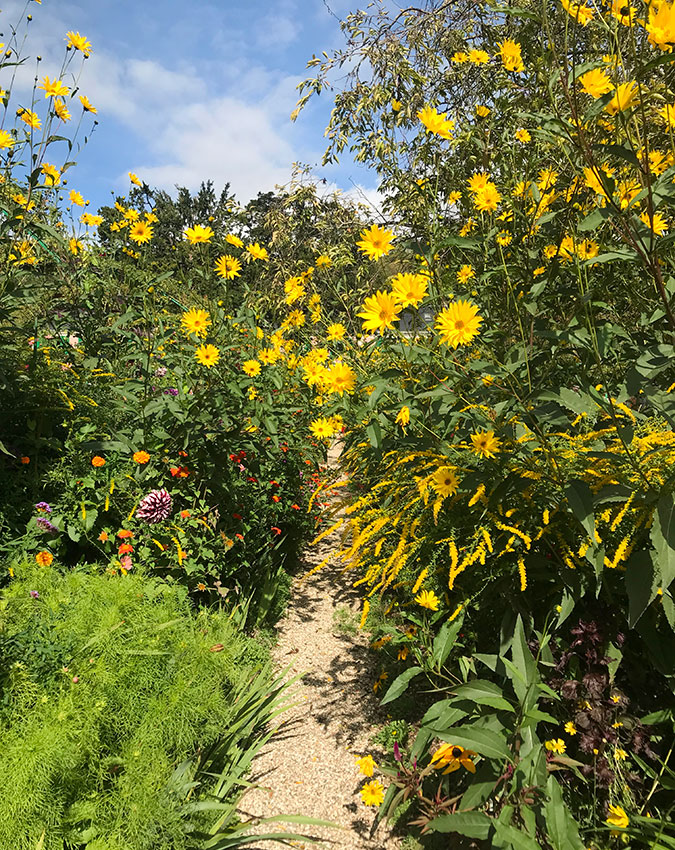
Want to learn more about historic interior styles? Check out our History of Styles eBook:

